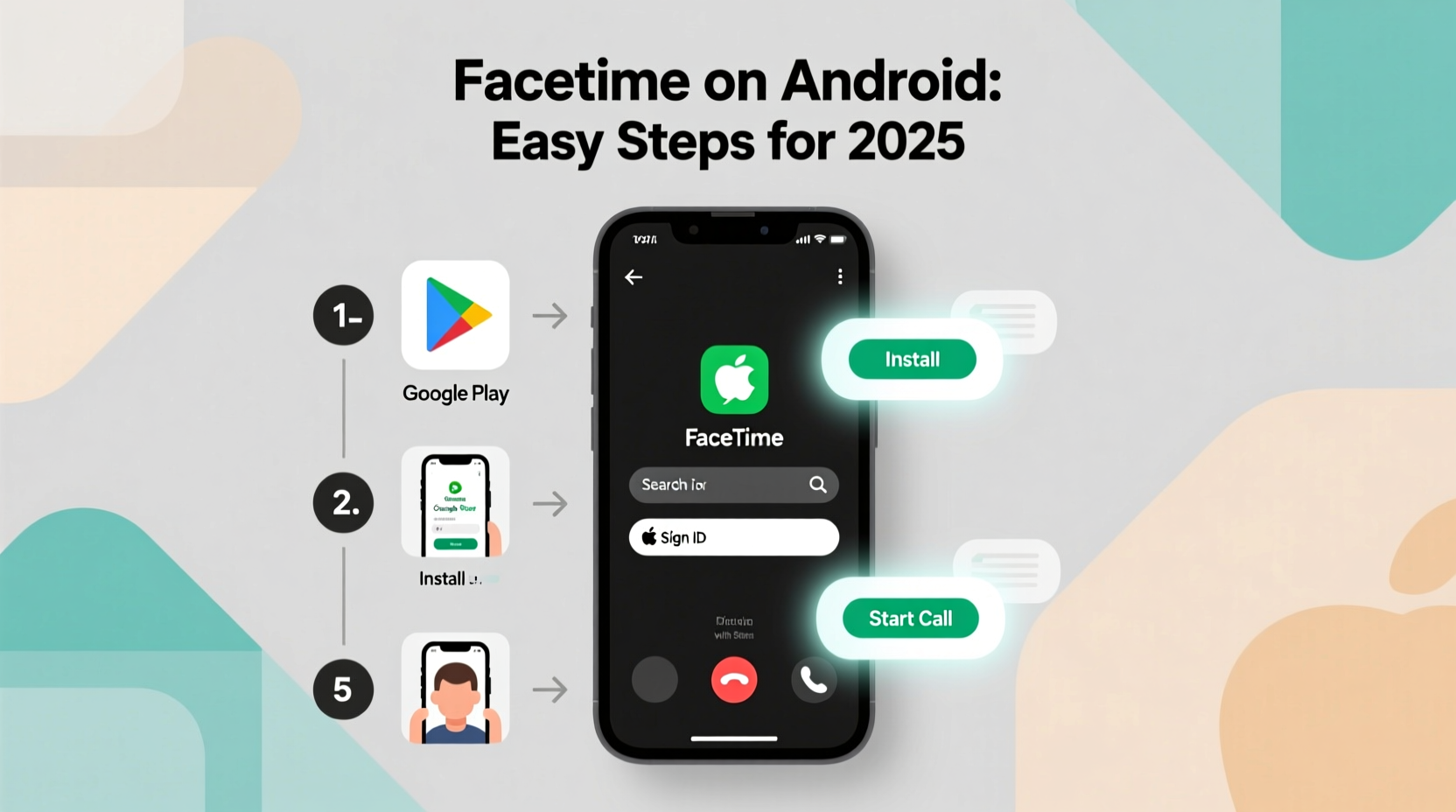Expanding the FaceTime Experience to Android Users
Apple's ecosystem has long been admired for its seamless integration and advanced features. However, Android users have often found themselves excluded from this exclusive club, especially when it comes to Apple's hallmark apps like iMessage and FaceTime. While the distinction between green and blue text bubbles may persist, there's been a significant development allowing Android users to participate in FaceTime calls, albeit with certain limitations.
Breaking Down the FaceTime Integration for Android
Although Android users can't directly initiate a FaceTime call or download the FaceTime app, Apple has made strides to ensure video-call inclusivity. iPhone users can now extend a FaceTime invitation to their Android counterparts, allowing them to join calls via a link. This feature makes FaceTime more akin to other video conferencing platforms like Zoom, where a simple link can bridge different operating systems.
Step-by-Step Guide to Making FaceTime Work for Android
1. Ensure Updated Software for iPhone Users
The journey begins with the Apple device user initiating the call. It's essential that the iPhone runs iOS 15 or later, while iPads need iPadOS 15 or more recent versions, and Macs must operate on macOS 12 Monterey or newer.
2. Creating and Distributing a FaceTime Link
Apple users can extend a FaceTime link by selecting "Create Link" within the app. This link is shareable across various platforms, providing flexibility in inviting Android and even Windows users. The simplicity of not requiring login credentials makes it hassle-free for the invitee.
3. Joining the FaceTime Call: Android Perspective
Once the link is received via any messaging app, Android users can click to open it in their browsers. Subsequent steps involve granting camera and microphone permissions, followed by entering one's name and tapping "Continue" to join the call seamlessly.
4. Hosting and Participating in a FaceTime Call
The host, an Apple user, manages the entry of participants by either accepting or rejecting requests in a manner similar to Zoom. Android users simply need to click the join button, assuming they have a stable internet connection.
Limitations and Functional Differences
While FaceTime allows Android users to partake in calls, it's noteworthy that they miss out on a full-fledged experience. Features like Memoji stickers, live captions, screen sharing, and portrait mode remain exclusive to Apple devices. However, Android users can manually take screenshots without alerting other participants, offering a slightly different but functional experience.
Alternative Video Calling Solutions
As inclusive as the FaceTime link initiative is, it's not the sole option available. Android users have several alternative apps at their disposal that offer similar functionality. These include WhatsApp, Google Meet, Zoom, Skype, and Google Duo, each providing their own unique features and interfaces for video calls across devices.
FAQs and Common Queries
| Question | Answer |
|---|---|
| What iOS version is required to FaceTime an Android phone? | iOS 15 or later, macOS 12 Monterey, or iPadOS 15 and above are necessary for communication across platforms. |
| Can you use FaceTime on a PC? | Yes, PCs can join FaceTime calls using the provided link, although some features are restricted. |
| Can Android phones initiate a FaceTime call? | No, initiation of FaceTime calls remains a feature exclusive to Apple users. |
| Is there a FaceTime app for Android? | FaceTime is unavailable for download on Android, but apps like Google Meet serve as alternatives. |
| Can I send a FaceTime link to multiple recipients? | Yes, similar to Zoom links, FaceTime links can be distributed to several participants for a group video call. |
| Can you use Wi-Fi to FaceTime on Android? | While FaceTime calls use internet connections, linking through Wi-Fi initially requires text-based communication via mobile services. |
| What's the best alternative to FaceTime for Android? | Popular alternatives include WhatsApp, Google Duo, Zoom, Skype, and JusTalk, catering to video call needs across devices. |
Exploring Further Options
As technology evolves, integration across platforms becomes crucial. With innovations like private DNS modes, eSIM transfers, and evolving routine setups, Android continues to enhance users' experiences while striving to bridge gaps in cross-platform communication.
With multiple ways to screen calls, schedule texts, and enhance privacy settings, both Android and Apple increasingly find avenues to coexist—maintaining their unique identities while fostering connectivity and collaboration.











 浙公网安备
33010002000092号
浙公网安备
33010002000092号 浙B2-20120091-4
浙B2-20120091-4